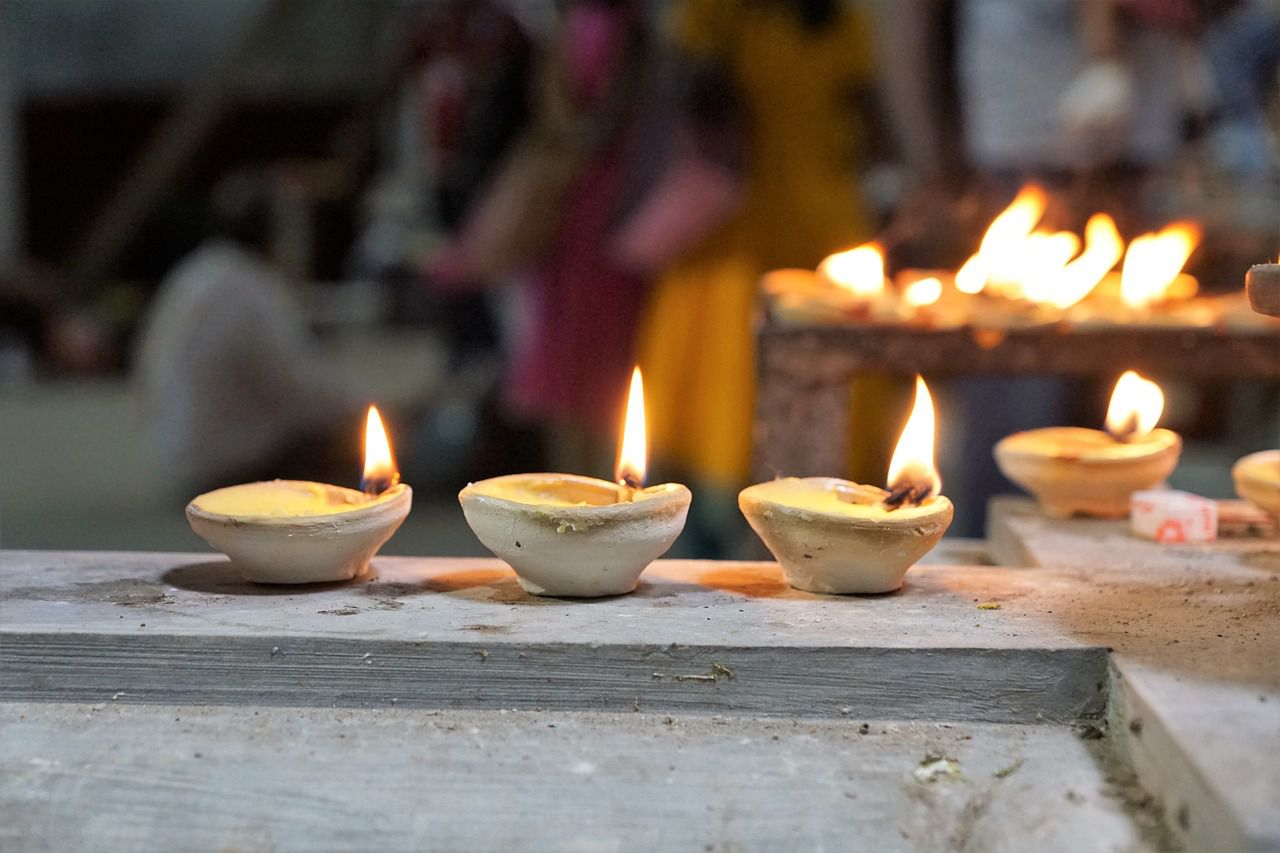If you love candles, then you probably have plenty of store-bought candle holders to protect your interior from wax stains.
Meanwhile, you can create new candle holders on your own, or just use some items as candle holders as well.
Here are a few creative ideas for you.
Mason Jars
Empty mason jars make great candle holders. You can decorate them or leave them plain for a rustic look.
Wine Bottles
Cut the bottom off a wine bottle to create a stylish candle holder. You can also paint the bottles to match your decor.

Teacups
Old teacups and saucers can be charming candle holders. Place a small votive candle inside the teacup, and it will glow beautifully.
Seashells
If you collect seashells, some of them are perfect for holding small tealight candles. They create a beachy atmosphere.
Logs or Branches
Cut a small piece of a log or branch and hollow out a space for the candle. It's a natural and rustic candle holder.
Hollowed Fruits
You can scoop out the inside of fruits like apples or oranges to create temporary candle holders. They add a lovely scent to the air too.
Vintage Tins
Old tin cans with interesting designs or labels can be cleaned up and used as candle holders. Just be careful with the sharp edges.
Cupcake Tins
If you have a cupcake tin with cute shapes, it can hold multiple tealights at once, creating a unique centerpiece.
Wine Corks
Collect wine corks and glue them together in a circle to make a cool cork candle holder.
Driftwood
If you live near the beach, pieces of driftwood can be crafted into stylish candle holders.
Conclusion
Everything can be a candle holder if you're creative enough - so keep experimenting!









